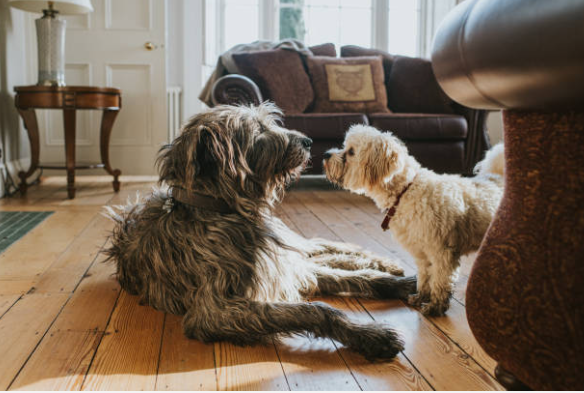For thousands of years, dogs have been known to associate with men which is where the phrase “Dog, man’s best friend” came to be. Dogs are wonderful creatures and trust me they know when you are sad and they have their way of comforting you.
You may be wondering what dogs do when you are sad, well research shows that dogs have a high sense that can recognize the kind of energy the people they love are giving out. You do not even need to voice them out before they know what is wrong with you.
As a dog lover, I have noticed some behaviors in my dog anytime I am not feeling very happy, the dog acts in a way he doesn’t behave on a normal day.
When I first noticed it, I wondered what could be the reason, I couldn’t figure this out on my own, and as a curious person, I started doing research on what do dogs do when you are sad.
At first, I did not get any beneficial answers till I had to read an article about a dog researcher who spent years of his life studying the behaviors of dogs, why they do what they do, and how they sense the energy we put out especially that of those they love.
We have a special bond with our dogs thus this special bond makes it easy for our dogs to connect with us at a level we humans may see as impossible. Dogs are not only blessed with high-pitch hearing and senses they also are able to sense vibration which is why they already know if harm is coming to us before it even gets to us.
As someone who also watches videos on YouTube and Facebook, I have seen countless times where dogs have protected their owner’s children.
One scenario happened when two kids were playing in their yard which was closer to the walkway, a stranger approached the kids in a friendly manner, the children were naive unaware of the stranger’s intention towards them, and were vibing to his behavior. All of a sudden, the dog appears immediately attacking the stranger what all that he has, the stranger has no other option than to run and fight off the dog.
Later it was reviewed that the stranger had been on the police monitoring due to his past behavior towards children and his kind was not supposed to be around kids of that age.
What do dogs do when you are sad
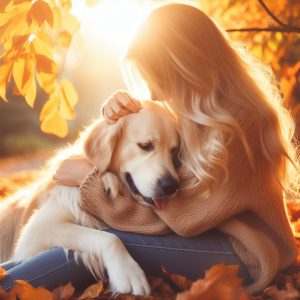
Dogs are known for their ability to sense human emotions and respond accordingly. They have a strong bond with their owners and can pick up on cues such as body language, facial expressions, tone of voice, and behavior. When their owners are sad, dogs not only recognize it but also want to help them feel better. In fact, dogs may even feel sad themselves when they see their owners cry or suffer, and they may seek comfort from them or from other dogs or humans.
This is because dogs have similar brain chemistry to humans and can experience a range of emotions, including happiness, sadness, fear, anger, and love. It’s important to note that not all dogs may react the same way to human sadness. Factors such as their personality, breed, training, and socialization can influence their response.
Some dogs may be more sensitive and attuned to their owners, while others may be more reserved and independent. Some dogs may be curious and interested in what is causing the sadness, while others may be anxious and avoidant. Additionally, some dogs may be more expressive and affectionate, while others may be more timid and fearful.
There are number’s of things that have been generally observed by dog owners, your dog may do one of these things when the senses that you are sad.
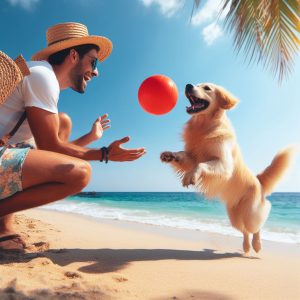
1. Approaching you and staying close to you
Dogs have an innate ability to sense when their owners are sad and may respond by approaching them and staying close. This physical support and solidarity can provide comfort and warmth to their owners. It also has the added benefit of reducing stress and anxiety for both the dog and the owner, as physical contact releases oxytocin, a hormone that promotes bonding and well-being.
2. Licking your face or hands
Dogs often express affection and care by licking their owners. When their owners are sad, dogs may lick their face or hands as a way to show love, loyalty, and comfort. This gentle touch can be soothing and reassuring. Licking can also be a sign of submission or appeasement, as dogs try to calm their owners by showing that they pose no threat or challenge.
3. Nudging or pawing at you
Dogs may nudge or paw at their owners when they are sad to get their attention and check on their well-being. This behavior is a way of showing attention and interest. Dogs may also use this gesture to invite their owners to interact or play, providing a distraction from their sadness and bringing some joy and fun into their lives.
4. Putting their head on your lap or chest
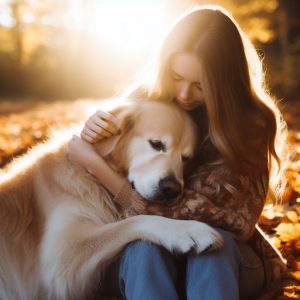
Dogs display empathy and trust by putting their head on their owners’ lap or chest. This gesture shows that they understand their owners’ emotions and are there to provide comfort. Dogs may also seek solace from their owners, as they can feel sad themselves when they witness their owners in distress.
5. Cuddling or snuggling with you
Dogs show intimacy and security by cuddling or snuggling with their owners. This close physical connection creates a sense of safety and protection for both the dog and the owner. Cuddling releases endorphins, hormones that reduce pain and increase happiness, further enhancing the bond between the dog and their owner.
6. Bringing you a toy or a treat
Dogs demonstrate generosity and kindness by bringing their owners a toy or a treat. This gesture is a way of sharing something they enjoy and making their owners happy. Through offering something that brings joy, dogs aim to cheer up their owners and provide a source of happiness.
7. Initiating play or distraction
Dogs show enthusiasm and optimism by initiating play or distraction when their owners are sad. By encouraging their owners to engage in fun and exciting activities, dogs help them momentarily forget about their sadness and focus on something positive and enjoyable.
8. Showing submissive or calming signals
Dogs display respect and cooperation by showing submissive or calming signals when their owners are sad. Yawning, licking their lips, turning away, lowering their ears, or rolling over are all ways dogs communicate that they are not aggressive or dominant. These signals help their owners relax and calm down by demonstrating that the dog is friendly and peaceful.
9. Vocalizing with whines or barks
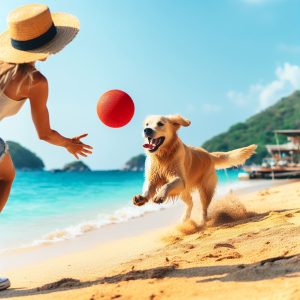
Dogs communicate and provide feedback to their owners by vocalizing with whines or barks. When their owners are sad, dogs may use vocalization to express their own emotions or to convey their needs. They may also alert their owners to something happening around them or ask for help if they are in trouble. This vocalization serves as a form of communication and connection between the dog and their owner.
Conclusion
Understanding your dog’s individual temperament and preferences is crucial. It’s important to respect their boundaries and needs. If your dog is not comfortable or willing to comfort you, do not force them. Similarly, do not punish your dog for not reacting the way you expect or want them to. Your dog loves you and wants you to be happy, but they also need your love and care in return. So, take care of their physical and mental well-being even when you’re feeling sad yourself.
